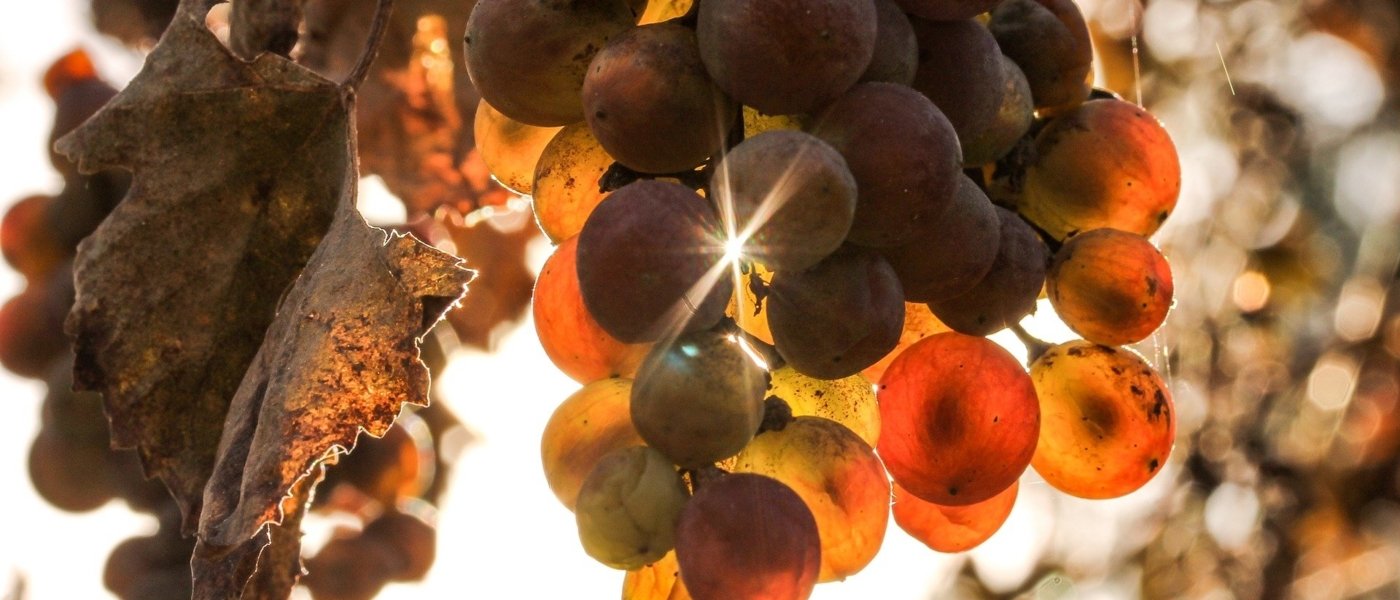Meanwhile, there are other important grapes that can go into the blend, some of which are old and indigenous and add local colour and spice to the blend, while an international brigade of classic French varieties bring extra weight and intensity.
Deconstructing the Chianti wine flavour
The Sangiovese grape possesses high acidity that can verge on the mouth-watering if the grapes do not ripen sufficiently although that is rarely a problem for Chianti Classico DOCG and the others Chianti DOCGs. This vibrant acidity, along with the firm tannins that can be a touch drying initially but do soften with the passage of time, bring the wine serious structure. In terms of aromas and flavours, Sangiovese is more about red fruit than black, and the fruit can come across in a clear and focussed way, with typical fruits including the likes of wild strawberry, raspberry, sour cherry, cranberry, pomegranate and blood orange often identified by tasters. Sangiovese is often quite floral, with violets and pot pourit often in the aromatic mix. Then, there’s the earthy and spicy notes that can come from the grape, the barrels or possibly from the soil itself. There also fairly substantial differences between wines from the various Chianti Classico DOCG zones, as well as the DOCGs. Our team of local experts will help you to detect these delectable differences.
The art of blending
The way that the winemakers play with the remaining percentage of the grapes permitted in the blend can have a considerable impact on the taste of the wine. The rest can come from international grapes, such as Cabernet Sauvignon, Merlot, Syrah, and Cabernet Franc, with Cabernet Sauvignon a popular choice for building concentration. Cabernet Sauvignon will also bring black fruit, such as blackberry, blackcurrant and blueberry into the flavour mix and can be quite dominant. Canaiolo and Colorino can intensify the spiciness of Chianti and further flesh out the distinctive local flavours. Canaiolo was once was an equal to Sangiovese in the wines of Chianti, before fading into relative obscurity, but it is now becoming popular again. The white wine grapes of Trebbiano and Malvasia Toscano also continue to be used by some winemakers to freshen up the final blend, although that practice has been consigned to the past by many.
The Chianti wine flavour also depends on how the wine was aged and for how long. More modern winemakers favour French oak barrels to bring sophistication to the finish of the wine. The amount of new oak used also has a huge impact on the Chianti wine flavour.
Many of the best winemakers will typically use a mix of wines aged in new, second-fill and third-fill barrels, and blend them together. The oak should not dominate the wine but rather enhance the texture and support the fruit, florality and spice. The more traditional winemakers prefer the classic, large Slavonian oak botti, which results in a more rustic wine.
The Chianti wine color tends to be dark ruby of a medium intensity, but it can also have a touch of purple about it and more intensity when a significant proportion of Cabernet Sauvignon is used. It goes in a garnet direction as it ages.
Of course, it goes without saying that every individual has their own reference points when it comes to identifying flavours in wines, rendering Chianti wine description something of a personal matter. Our team of local experts will lead tastings by guiding rather than lecturing.
If you're interested in one of our Chianti Wine Tours, please visit this link.






